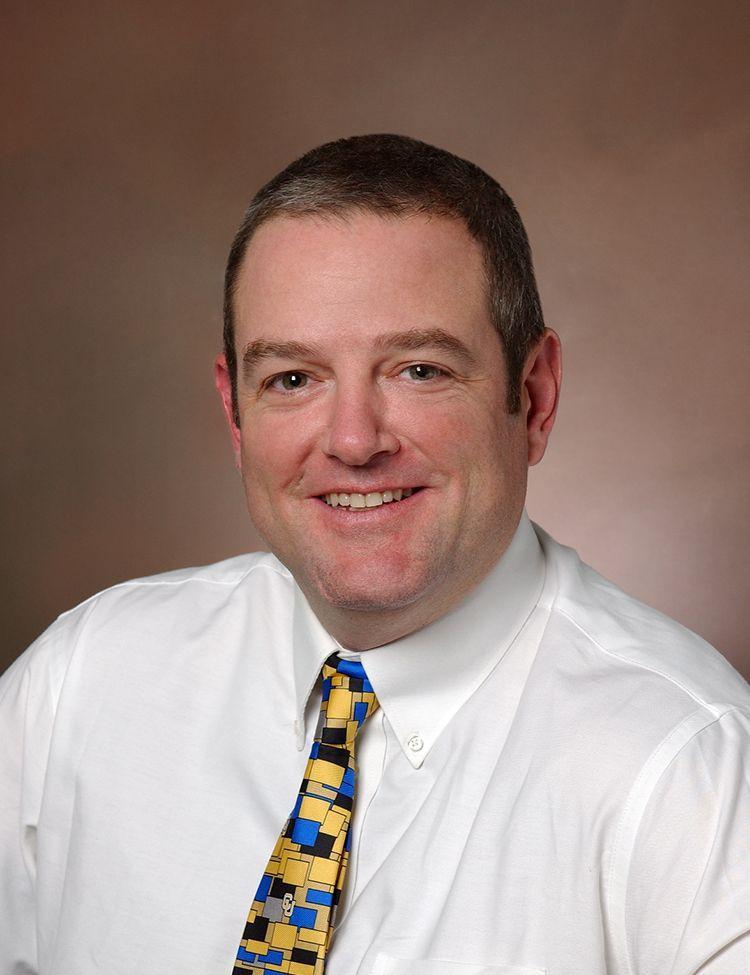Looking Ahead: Cardiology in 2022, with Gregory Weiss, MD
Dr. Gregory Weiss provides insight into what he is most excited about in the field of cardiovascular medicine heading into 2022.
Gregory Weiss, MD

With every new year come new hopes, resolutions, and hopefully progress toward meeting our goals. The cardiology community is no different.
However, while many look to drop a few pounds after the holidays or put a little money aside for the future our wish lists as cardiovascular clinicians are often lengthier and loftier by comparison. In a time when we all desperately need something to look forward to here are a few thoughts on what’s ahead in 2022.
The surgical care of patients with cardiovascular disease dates back to the 1960s. Many advances have been made over the decades including better myocardial preservation, longer-lasting bioprosthetic valves, and better preoperative and postoperative care. One of the most exciting advancements over the last two decades has been the introduction of routine transcatheter aortic valve implantations (TAVI). Initial research was focused on utilizing the procedure for only those at highest risk for complications from open valve replacement surgery.
Over the last 2 decades, investigators have studied the technique in lower risk populations. While we have known that patients with aortic stenosis and a tricuspid aortic valve that were of high or intermediate risk for open surgery had at least as good outcomes if not better when compared to surgery we are now seeing data in low-risk patients and those with bicuspid aortic valves. A recent study looking at TAVI for low-risk patients with bicuspid or tricuspid aortic valves showed that the risk for mortality and stroke at 30 days and at one year were comparable between groups.1
The reason I am excited about this study is because open-heart surgery, while an effective treatment for aortic valve stenosis, involves longer hospital stays, more pain, a longer recovery, and the potential for a myriad of complications not seen with transcatheter techniques. I have personally participated in hundreds of these procedures and am awestruck each time as a patient with a life-threatening anatomic condition undergoes a relatively brief and painless procedure with simple sedation only to be essentially cured two hours later. While there are complications associated with TAVI the evidence suggests that it could be a game-changer going forward.
You may have read about the second thing I am most excited about this year. On January 7, 2022, surgeons at the University of Maryland successfully transplanted a heart from a genetically modified pig into a human recipient. I am old enough to remember Baby Fae who received a baboon’s heart back in 1984 but died 21 days later due to acute rejection of the organ.
The technique was abandoned for nearly 30 years due to genetic incompatibility and the high risk for rapid rejection. Now, with the widespread use of CRISPR gene-editing technology doctors were able to remove genetic elements responsible for rejection while inserting six human genes that induce the organ's acceptance by the recipient.2 The pig heart was transplanted into a 57-year-old man with no other options. So far, he is recovering well with no signs of rejection. With more than 100,000 people waiting for an organ transplant in the U.S. today and over 6000 of them dying on the list each year, this innovation may be transformational.3
It may be obvious why I am excited about this amazing breakthrough. But beyond the fact that countless lives could be saved it is the process that impresses me. As with most quantum leaps in science, this achievement is built on the back of decades of research with countless setbacks, enormous costs, and often a lot of heartbreak. I think of all the lost loved ones waiting and now those hoping. Dr. David Klassen, chief medical officer of the United Network for Organ Sharing states,
“This is a watershed event. Doors are starting to open that will lead, I believe, to major changes in how we treat organ failure.”4
These two technologies have a common thread. Only through good science and rigorous study do we make groundbreaking discoveries. COVID-19 has taken the spotlight for two years now and put a shadow over almost everything. As clinicians, we are tired but hopeful. The reason we are hopeful is because hard work and science keep going and keep offering us light in the darkness.
References:
- Makkar RR, Yoon SH, Chakravarty T, Kapadia SR, Krishnaswamy A, Shah PB, Kaneko T, Skipper ER, Rinaldi M, Babaliaros V, Vemulapalli S, Trento A, Cheng W, Kodali S, Mack MJ, Leon MB, Thourani VH.Association Between Transcatheter Aortic Valve Replacement for Bicuspid vs Tricuspid Aortic Stenosis and Mortality or Stroke Among Patients at Low Surgical Risk. JAMA. 2021;326(11):1034.
- https://www.washingtonpost.com/science/2022/01/11/pig-heart-transplant-genetically-modified/
- https://www.organdonor.gov/learn/organ-donation-statistics
- https://www.nytimes.com/2022/01/10/health/heart-transplant-pig-bennett.html